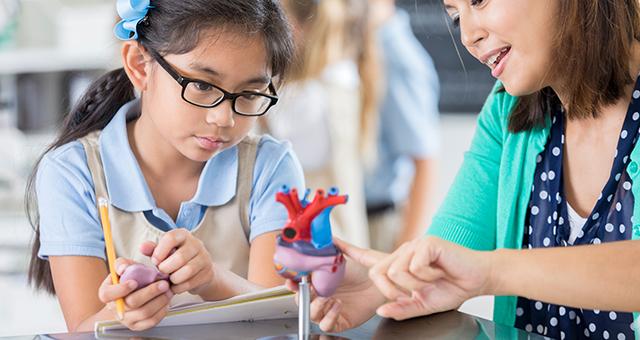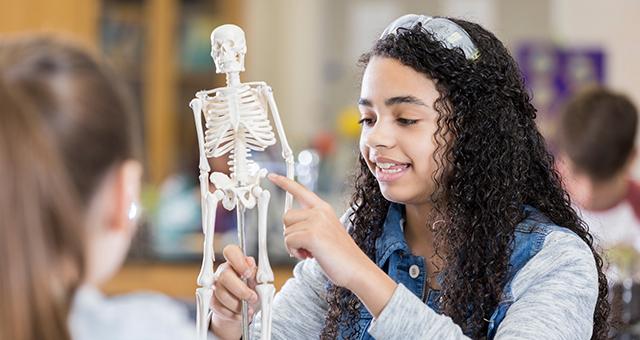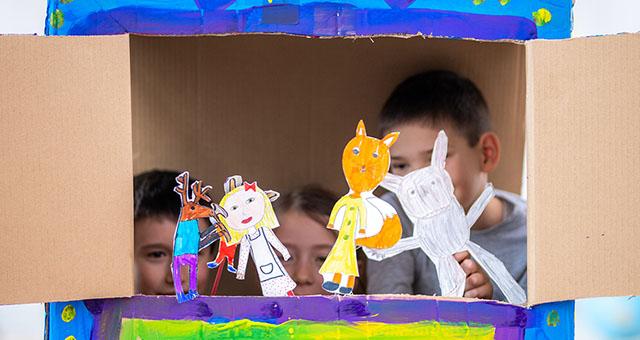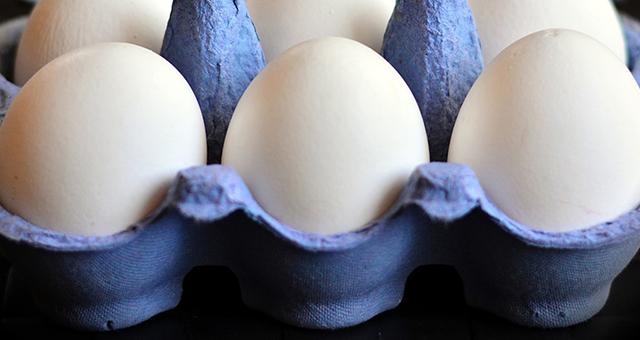Crystals are made when a substance has atoms or molecules that form in a very organized, repeating, 3D pattern. When we think of crystals we often think of some well-known gemstones like diamonds or rubies. But there are some very common crystals too like sugar, ice, snowflakes, and salt.
Learn more about the naturally occurring crystal formation of snow and ice by reading Curious About Snow. Find out the science behind how snow crystals form, the stories of record setting snowstorms, and an introduction to the life and work of photographer Wilson Bentley. Bentley made it his life’s work to study and photograph snowflakes. It is because of Wilson Bentley that we know no two snowflakes are alike!
Enjoy Bentley’s fascinating biography, Snowflake Bentley. You know what is really amazing about him? He made his discoveries in the 1890s! He invented and used a special device that combined a microscope with a camera to capture his microscopic pictures. The book includes some of Bentley’s actual snow crystal photographs.
You can make a scientific observation yourself or do a crystal experiment at home by growing borax crystals. Borax is a laundry detergent booster. You can find borax in the laundry room at home or in the laundry detergent section at the grocery store.
What You Need to Grow Borax Crystals at Home
Try this experiment at home! You will need:
- Glass Jar
- Pencil or Pen
- String
- Pipe Cleaner
- Borax
- Pitcher
- Measuring Cup
- Tablespoon
- Hot Tap Water
- Piece of Yarn or Cotton String, about 6 inches long
Instructions for Growing Borax Crystals
Fill a pitcher with 3 cups hot tap water. (Not so hot that you can’t touch it!) Add 3 tablespoons of Borax for each cup of water. We used 3 cups of hot tap water and 9 tablespoons of Borax. A mason jar was a great container for this. Stir the mixture.
If all of the Borax dissolves, add a little more Borax and stir. Add Borax until the water can’t dissolve it anymore – the mixture is saturated. That means the water is holding as much of the Borax as it can. In fact, this solution is supersaturated, that means the water is holding even more Borax than it normally would because the water has been heated. Now pour this supersaturated solution in the glass jar.
Make a shape out of the pipe cleaners and tie one end of the string to it. We made a snowflake shape out of pipe cleaners to see if we could make a snowflake crystal. Tie the other end of the string to the middle of the pen. Hang the pipe cleaner shape down in the jar with the pen across the top of the jar to keep it from touching the bottom of the jar. Watch what happens in the jar over the next few weeks.
Here is what our crystals looked like after growing on the pipe cleaner snowflake for about 2 weeks. The secret to growing borax crystals is having a supersaturated solution.
Science Experiment Idea
Grow three different borax crystal snowflakes. You need three glass jars that are exactly alike. Fill one with cold tap water and one with hot tap water. Get an adult to help you fill the last jar with boiling water. Now add Borax a little a time to each jar until the Borax will not dissolve anymore. The warmer the water, the more Borax will dissolve in the water. That’s because heating the water helps it become supersaturated. Now add a pipe cleaner snowflake to each jar and compare the crystals that grow over the next couple of weeks. Which jar has the most crystals? Which jar has the largest crystals?
Websites, Activities & Printables
- San Diego Natural History Museum: All That Glitters – the Splendor & Science of Gems and Minerals
- Exploratorium: The Science of Rock Candy
- Printable: Homemade Rock Crystal Candy
- Steve Spangler Science: Borax Crystal Ornaments
- Video: Sick Science – Borax Crystal Star

You can also ask a math and science expert for homework help by calling the Ask Rose Homework Hotline. They provide FREE math and science homework help to Indiana students in grades 6-12.
e-Books and Audiobooks
Use your indyPL Library Card to check out books about crystals at any of our locations, or check out e-books and audiobooks about crystals from OverDrive Kids right to your device! If you have never used OverDrive before, you can learn how to use e-books and learn how to use audiobooks.
Need more help? Ask a Library staff member at any of our locations or call, text or email Ask-a-Librarian. Additionally, the Tinker Station helpline at (317) 275-4500 is also available. It is staffed by device experts who can answer questions about how to read, watch and listen on a PC, tablet or phone.
Explore the Science of Crystals from Minerals to Gems to Snowflakes
Learn about the qualities and identifying characteristics of crystals, the amazing naturally occurring patterns that happen in both minerals and snowflakes. No two are exactly alike, and yet each one has a uniform and repeating pattern. You can study how crystals form by growing some of your own!





































